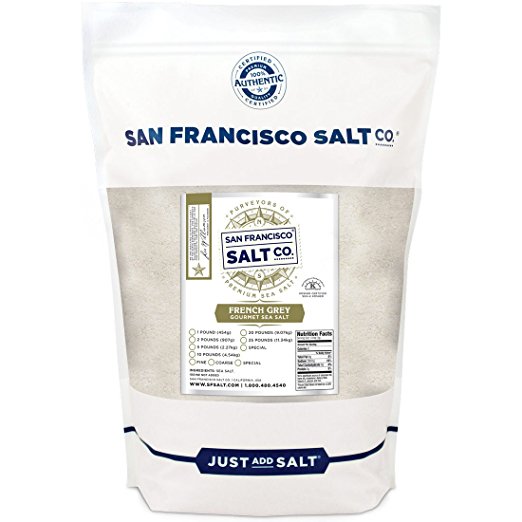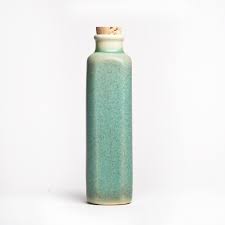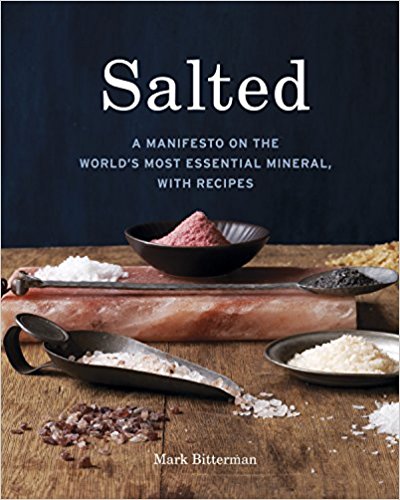The Healing Powers of Salt
We can't live without salt. Not only is it essential to flavor our meals, but also to our body's ability to function. The story of ocean + river salt is something magical and poetic. It is a mirror of the earth reflecting back to our own bodies. So, how do edible crystals form? When the chloride + sodium of the water makes its journey to the shore, it reacts with the magnesium + potassium of the earth and in that moment, forms the edible crystal we know as salt.
Being more conscious about salts has been incredibly transformative in how hydrated we are. Instead of guzzling down jars and jars of water, we're much more hydrated from less water and find we're not depleting our systems of valuable electrolytes. This coupled with adding raw essential fatty acids (more on this to come!) like hemp, flax and olive oil drizzled over our food, has made a big difference in our overall hydration picture.
ELECTROLYTES
Electrolytes are an essential part of how our cells function. When a salt is added to water, it has an ionic charge and is able to conduct energy that allows our cells to communicate. Electrolytes are crucial to how our kidneys function and how well they assimilate water for hydration.
We need electrolytes to:
Regulate nerve + muscles function
Regulate acidity levels in the body
Regulate fluid levels + hydration
HOW TO GET ELECTROLYTES
We can get electrolytes by adding salt in our water + on our food. Each salt comes from a different region in the world and has its own unique qualities. Here are a few examples of electrolyte salts in minerals:
Magnesium | Helps our bodies reduce stress, reduce excess fluid retention, slows aging in the skin + calms the nervous system.
Calcium | Helps our bodies by increasing circulations, reduces fluid retention along with strengthening the bones + nails.
Potassium | Energizes the bodes and helps balance moisture levels in the skin along with being an important mineral to replenish after intense workouts or exercise.
Bromide | Helps to ease stiffness + helps relax the muscles.
Sodium | Helps balance lymphatic fluid which is important for immune system function.
Chloride | Is an important part of regulating intercellular pressure which uses fluid to flow in and out of cells.
TYPES OF SALTS
The energetics of salt can be seen in their color. Cooling salts are lighter in color + warming salts are darker in color.
Atlantic Grey Salt | Great everyday salt for cooking + adding to water. It is slightly wet to the touch + hydrating in nature which makes it beneficial to the kidneys. The grey color indicates its high magnesium content.
Cyprus Flake Salt | Finishing salt that has a unique crystalline pyramid shape + nice crunch. Its pearly white color signifies richness in potassium.
Kala Namak | This ancient black sulfur salt is one of the most medicinal and should be used only in small amounts and when needed. This is not a daily salt, but rather it is medicine. It’s heating + cleansing in nature helping to reduce excess kapha (cold + wet) in the body. Helps to remove plaque and heavy metals in the intestines. It also can be used externally as a skin soak to relieve topical fungal infections.
DAILY DOSE | We add ¼ to ½ teaspoon salt into a 16-ounce glass of water in the morning, to drink slowly. It's very important not to chug, as lots of salt at once (for those new to the practice) can create nausea. Start with less and overtime you can work your way up as you get used to this ritual. Then we add a pinch or two in our ceramic water bottle, to sip throughout the day to stay hydrated. Try adding salt to your water to taste. It should taste slightly saline, but not like ocean water. Everyone is different, so your salt amount will also be.
BEST PRACTICE | Add salt to water without using a metal spoon or leaving metal in the glass. Metal can de-ionize electrolytes so its best to add salt to food after cooking if using metal pans.
HIMALAYAN PINK SALT | We've made it a practice to only buy river + ocean salts since these are sustainable sources. These salts are made by the electrical charge of the ocean water (chloride + sodium) colliding with the shore (magnesium + potassium). When the collide and water is evaporated they create the only edible crystal in the world---salt!
Unfortunately, pink salt is a mountain salt that is being extensively mined and will be gone within the next 10 years or less. We encourage you to educate others about pink salt and use other renewable salts in its place.





